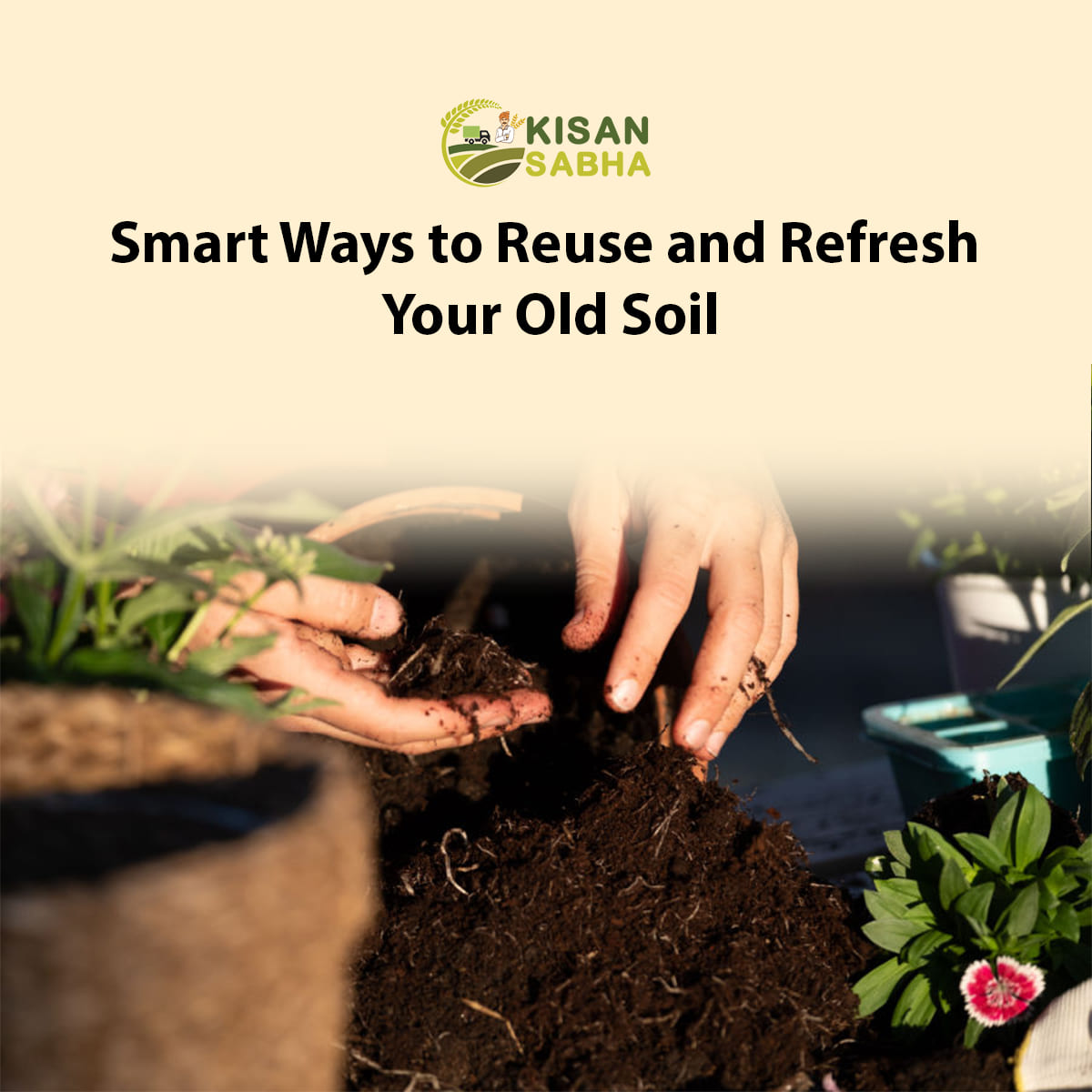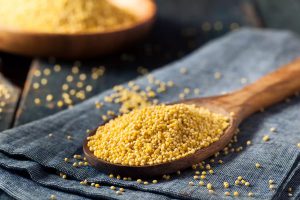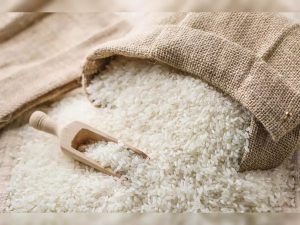As a responsible gardener, you probably know the importance of maintaining healthy soil for your plants. However, over time, even the most well-maintained soil can lose nutrients or become compact. This results in poor plant growth and reduced yield. Try restoring old soil using various methods. Instead of throwing it away and buying a new bag, this not only saves money. But it also promotes sustainable practices by reducing waste. In this article, we’ll explore several ways to revitalize old soil and give it new life.
Why Does Soil Get Tired?
Garden soil can wear out over time. This happens when:
- Rain washes away good nutrients
- Plants use up food from the soil
- Soil gets packed down too hard
- Too much water or sun damage
- Wrong pH levels for plants
- Loss of helpful tiny organisms
Check Your Soil First
Properly evaluating the condition of your soil is important before proceeding with old soil improvement. Start by testing the surface between your fingers. It looks like sand. similar to clay or in between. Observe how water behaves after rain or flooding. Poor drainage often indicates compaction or heavy soil. Easy to use home test kit. Therefore to measure the soil’s pH level, which affects the availability of nutrients. Pay attention to the health of plants This is because yellow leaves or stunted growth can signal soil problems. Therefore, healthy soil may ultimately be dark, crumbly, and smell like dirt. If the soil changes color or has an unpleasant odor it may indicate a problem that needs attention.
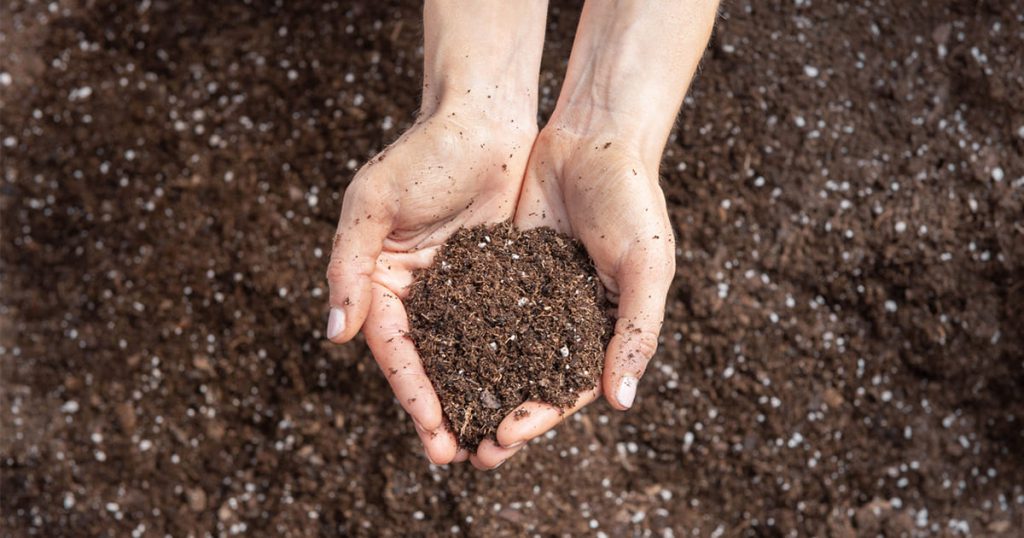
Eight Ways to Fix Old Soil
Mix in Natural Materials Add things like:
- Compost from your kitchen scraps
- Old leaves and grass clippings
- Aged animal manure
- Plant remains from your garden
These materials feed your old soil and help it hold water better. They also make it easier for roots to grow.
Fix the pH Balance
Plants need the right pH to grow well. Test your soil and then:
- Add lime if it’s too acidic
- Use sulfur if it’s too alkaline
- Make small changes slowly
- Test again after changes
Change What You Grow
Don’t grow the same plants in the same spot every year:
- Switch plant types each season
- Grow beans to add nitrogen
- Let some areas rest between plantings
- Mix different plant families
Skip the Digging
Too much digging can hurt soil. Try this instead:
- Add materials on top
- Let worms mix things naturally
- Keep soil covered
- Add mulch to protect the surface
Plant Cover Crops
These plants protect and feed your soil:
- Use clover or rye between seasons
- Let them grow, then cut them down
- Leave roots in the soil
- Mix dead plants into the top layer
Use Sun Power
Sun can help clean old soil:
- Cover the soil with clear plastic
- Leave it for 4-6 weeks in hot weather
- This kills bad bugs and weeds
- Let soil cool before planting
Try Worm Farming
Worms make great soil helpers:
- Set up a worm bin
- Feed them kitchen scraps
- Use their castings in your soil
- Mix this rich material into old soil
Add Biochar
This special material helps soil:
- Holds water better
- Gives homes to good bacteria
- Keeps nutrients from washing away
- Lasts a long time in the soil
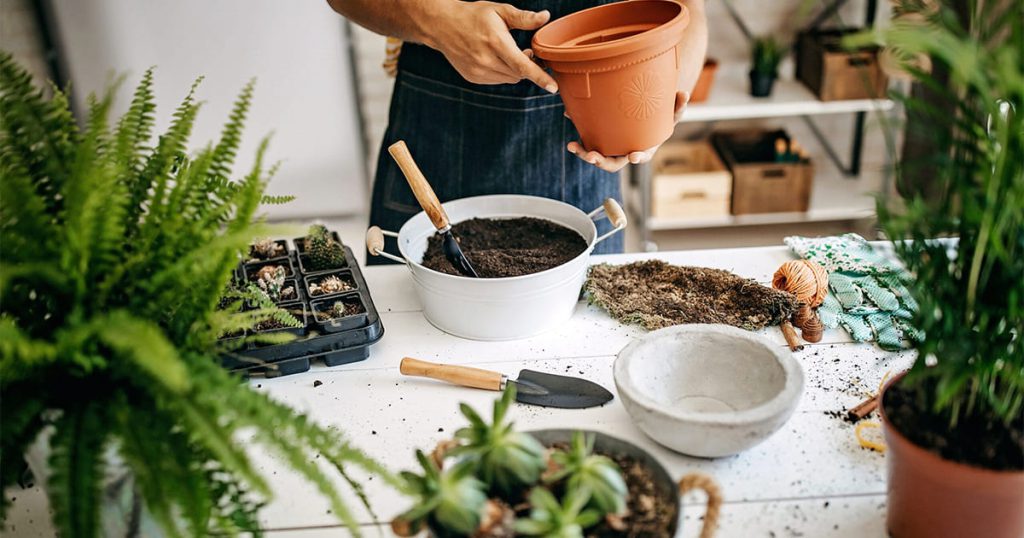
Making Better Soil Takes Time
Remember these tips to revive old soil:
First, understand that soil enhancement is a long-term process that cannot be rushed. Also, natural soil development takes years, and trying to force quick changes may harm your garden’s ecosystem.
Second, combine different improvement methods for optimal results. Also, this might include adding compost, using cover crops, and incorporating organic matter. However, each method contributes unique benefits to soil health.
Third, maintain a regular schedule of adding beneficial materials to your soil. Therefore, consistent application of compost, mulch, and organic amendments helps build lasting soil structure and fertility.
Fourth, carefully monitor plant growth as an indicator of soil health. Also, watch for changes in plant vigor, color, and yield to gauge improvement.
Finally, be prepared to modify your approach based on observed results. If certain methods aren’t working, adjust your strategy. Therefore, successful soil improvement requires flexibility and responsiveness to your garden’s specific needs.
Also Read:- Top 10 Questions About Good Farming Practices
Signs Your Soil is Getting Better
Look for these good signs:
- Earthworms appear
- Plants grow stronger
- Soil feels softer
- Water soaks in better
- Roots grow deeper
Benefits of Better Soil
Also, good soil gives you:
- Healthier plants
- Better harvests
- Less water needed
- Fewer plant problems
- Lower gardening costs
Common Mistakes to Avoid
Moreover, don’t make these errors:
- Adding too much at once
- Mixing in fresh manure
- Leaving soil bare
- Working wet soil
- Using wrong materials
In conclusion
Success in old soil improvement comes through a thoughtful, measured approach. Begin with small, manageable sections of your garden and resist the urge to tackle everything at once. However, learn continuously from your experiences and stay informed about soil management techniques. Pay close attention to how your plants respond to different treatments and be ready to modify your methods based on results. Therefore, with consistent care and attention, your garden soil can remain productive for generations, providing an excellent return on your investment of time and resources. Also, taking action now to enhance your soil will lead to healthier, more abundant gardens in the years ahead.


